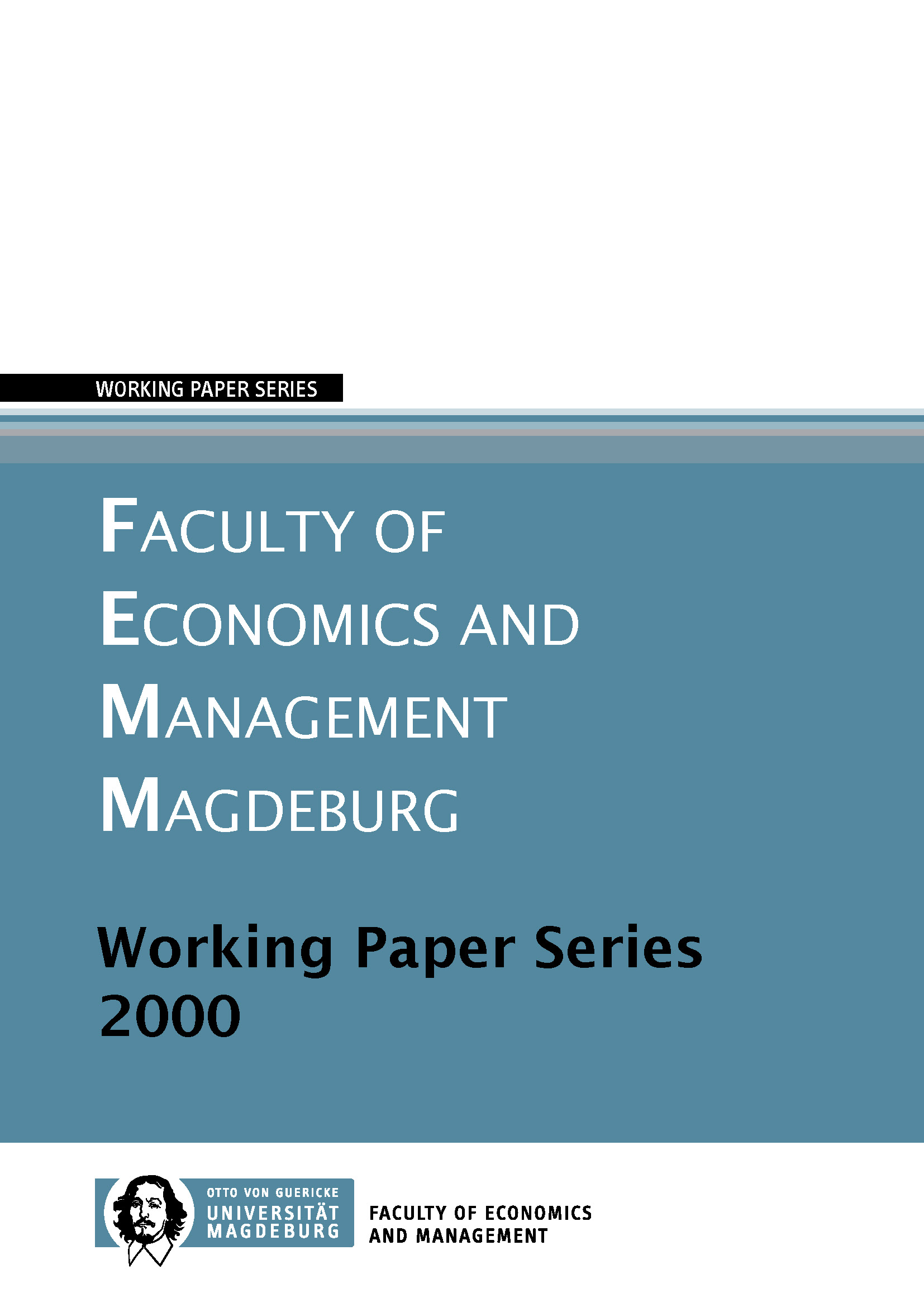The Impact of Central Bank Interest Rate Variations
Empirical Evidence from Germany
Abstract
On principle, independent central banks can use either interest rates or monetary aggregates as operating targets. If money demand is a stable and given function with respect to the interest rate both strategies of monetary policy necessarily lead to the same results. A vital problem occurs if the central bank has no sufficient knowledge of the "true" money demand function. In this case the velocity of money is quite unpredictable and the quantity of money may not be tightly linked to aggregate spending as alleged in the modern quantity theory. Exactly this situation is the European Central Bank (ECB) confronted with. Although widely critizised for its conduct the ECB maintains to confide in interest rate policy. By this the ECB implicitly assumes that controlling both the monetary sector and aggregate demand is effectively feasible through interest rate variations. Our paper tries to challenge this hypothesis by Investigating the impact of interest-oriented monetary policy against a backdrop of experiences made by the Deutsche Bundesbank. Using data and macroeconomic facts from Germany we rather focus on empirical evidence than theoretical analysis. As a first approach adjustments in the corporate sector regarding to interest rate variations are presented. We find that the profitability of private firms in Germany during 1971 to 1997 did not significantly respond to variations of the interest rate level. Referring to econometric techniques conceivable connections between official interest rates and interest rates on institutional financial markets are analysed in a next step. Testing for varied hypotheses of causality the data would seem to suggest that official interest rates have not exogenously been fixed by the Bundesbank. Some evidence can be given that in the period under review official interest rates occasionally "followed the market".


